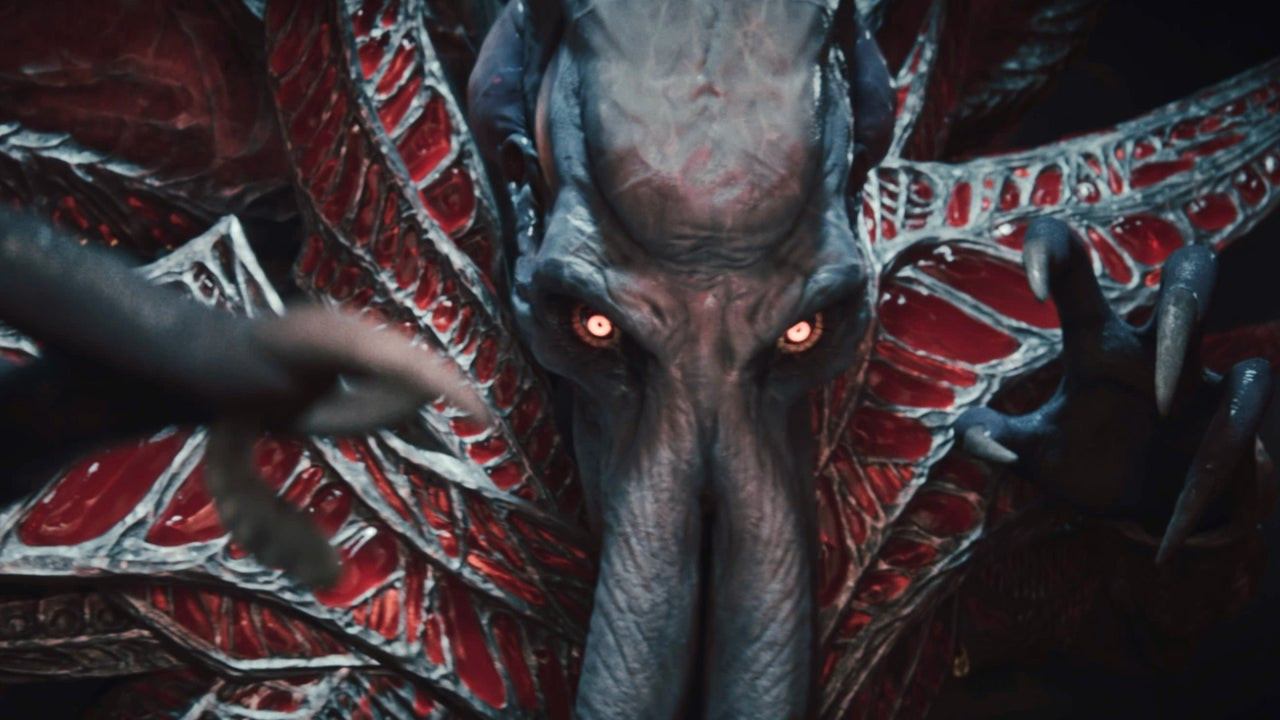Baldur’s Gate 3 has become immensely popular, earning its place as one of the best PC games of all time. While we have already discussed the optimal settings for the Steam Deck, what about those of us playing on a traditional gaming PC?
Despite its seemingly modest graphics, Baldur’s Gate 3 can be quite demanding, particularly in the later stages of the game. Having a high-performance processor and graphics card can greatly enhance your experience during intense moments. However, even if you don’t have a top-of-the-line gaming PC, there are numerous graphics settings you can adjust to optimize the game.
If you are playing on a high-resolution display, like one of the best gaming monitors available, reducing the resolution can significantly improve frame rates. Two useful tools for this are FidelityFX Super Resolution (FSR) and Deep Learning Super Sampling (DLSS). FSR from AMD and DLSS from Nvidia both render the game at a lower resolution and then upscale it to your native resolution. While FSR version 1.0 may result in a slightly softer image, enabling it can boost performance. On the other hand, DLSS utilizes hardware-enabled AI for more accurate upscaling.
Enabling FSR and DLSS is recommended for the performance improvement they offer, even if there is a minor impact on image quality.
To optimize your Baldur’s Gate 3 settings, here are some recommendations:
– Ambient Occlusion: Turn on if you have an RTX 2080 or better; otherwise, turn off if experiencing frame rate issues.
– Animation Level of Detail: Medium usually provides a good balance; increase if you have extra performance or your GPU utilization is not at 100%.
– Anti-Aliasing: Turn off if performance is a problem, but you can enable TAA with minimal impact.
– Cloud Quality: These can be turned down for a significant performance boost as they are not a major focus.
– Detail Distance: Lower this if you encounter CPU issues; medium settings strike a good balance, although pop-in may occur.
– Display Mode: Full Screen is recommended for optimal performance, whereas Full-Screen Borderless is useful for quick alt-tabbing.
– Dynamic Crowds: Turn off if your CPU is not high-end, especially before heading into act 3.
– Fog Quality: Lowering this setting is advised early on to improve performance.
– God Rays: Disable if you need extra GPU performance or find them distracting.
– Instance Distance: Decrease if experiencing constant frame drops.
– Model Quality: Lowering this setting can significantly improve performance, especially on low-end GPUs.
– Resolution: Stick to your native resolution and use DLSS or FSR to render at a lower resolution if performance needs a boost.
– Shadow Quality: Shadows are visually stunning, so maximize this setting if your GPU can handle it.
– Subsurface Scattering: Can be turned off to improve GPU performance with minimal impact on visuals.
– Texture Filtering: Set it to Anisotropic x16 for the best visual quality.
– Texture Quality: Adjust based on VRAM capacity; medium or low for 8GB RAM, ultra for 12GB+ graphics cards.
– DLSS: Enable if you have an Nvidia graphics card.
Baldur’s Gate 3 does an excellent job of explaining each graphics setting and its impact on the visuals, unlike many other PC games. The game is generally well-optimized but may require further tweaking in crowded areas later on.
With these recommended settings and adjustments, you can optimize your PC for the best Baldur’s Gate 3 gaming experience!










